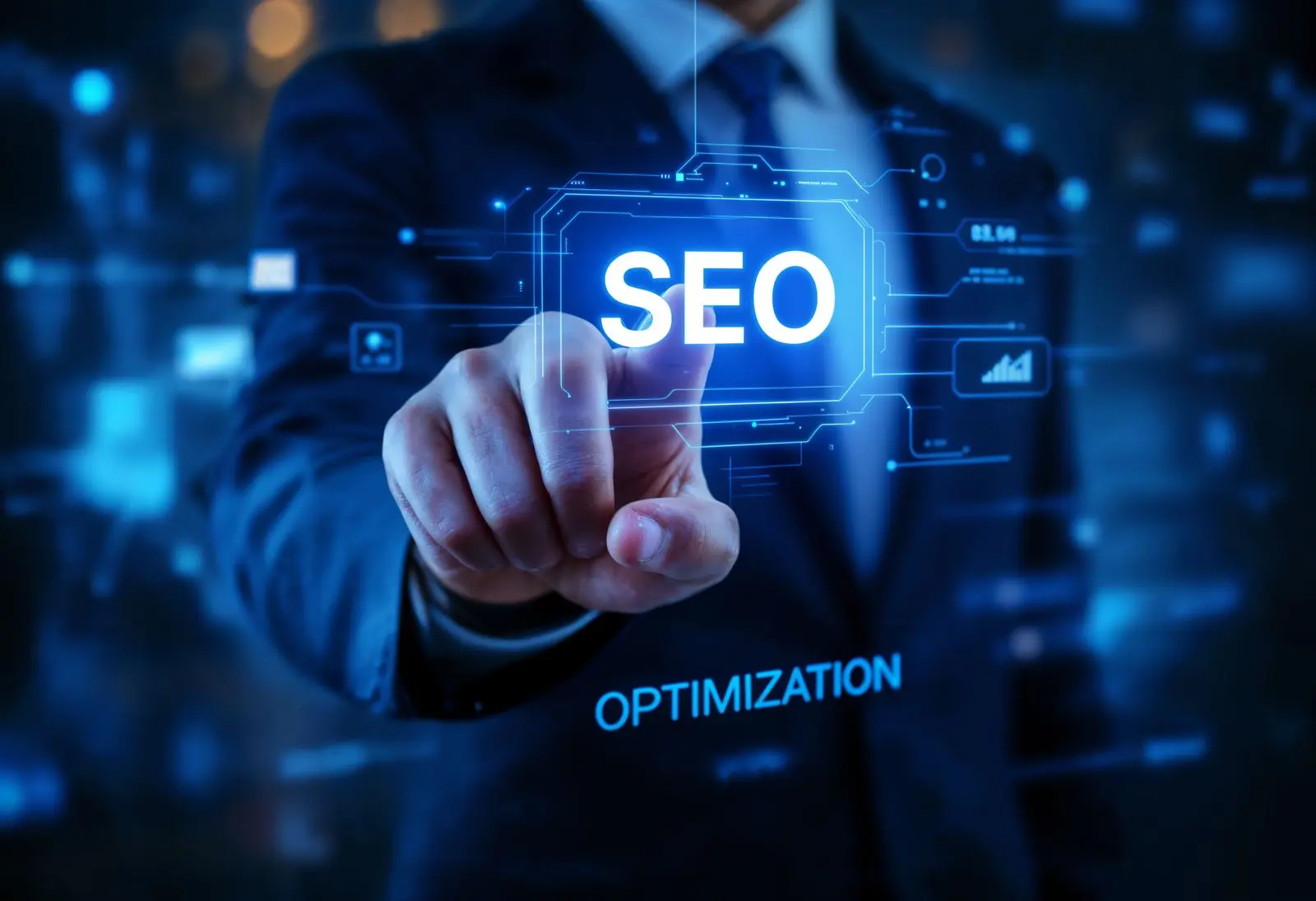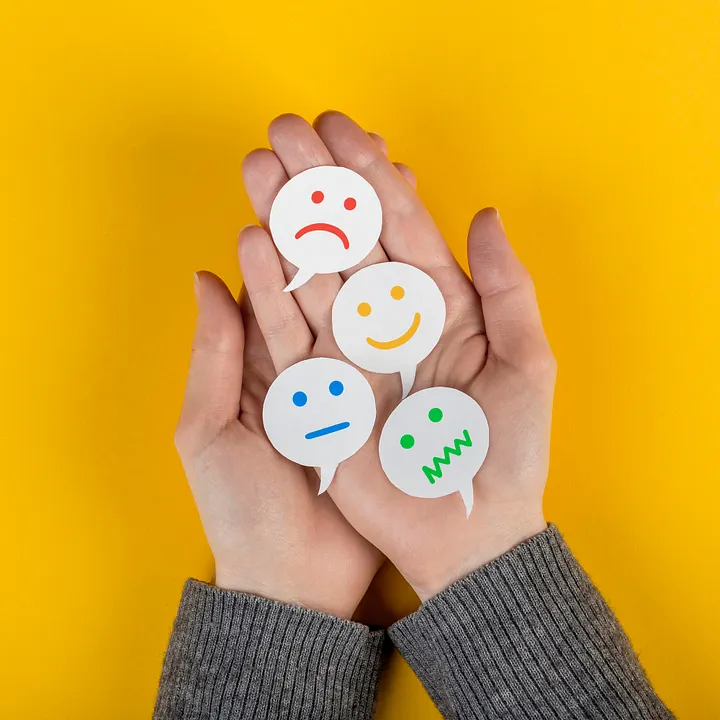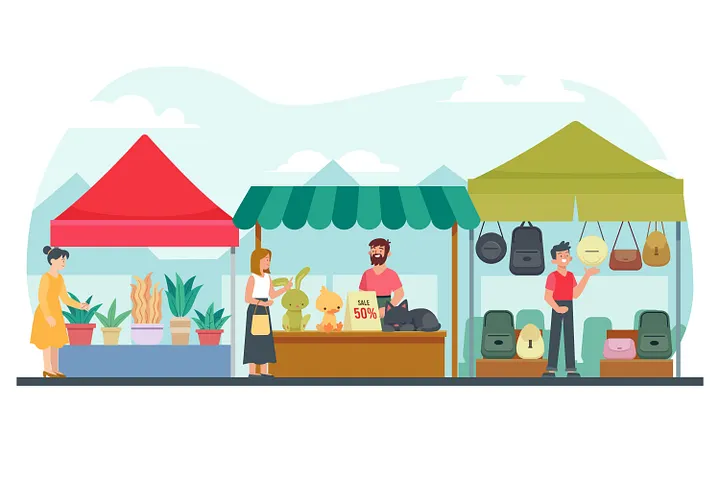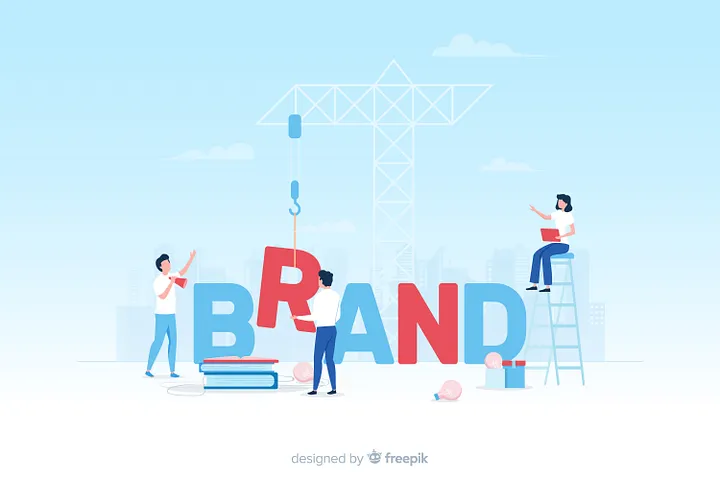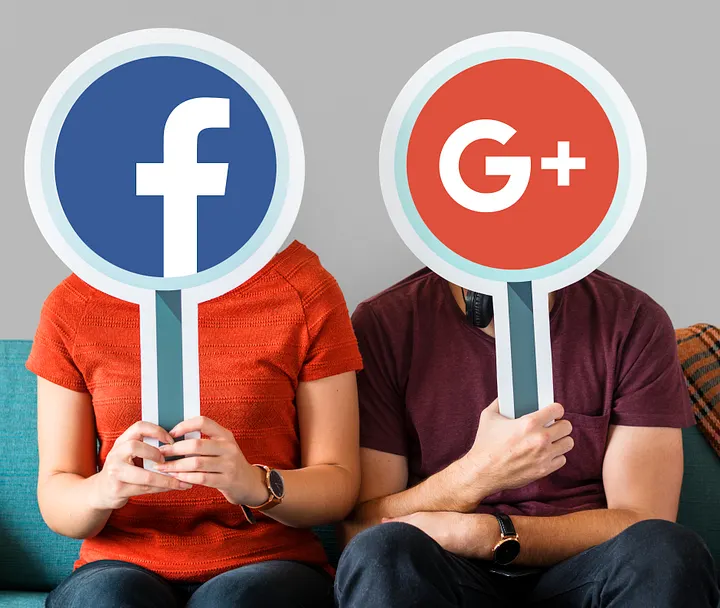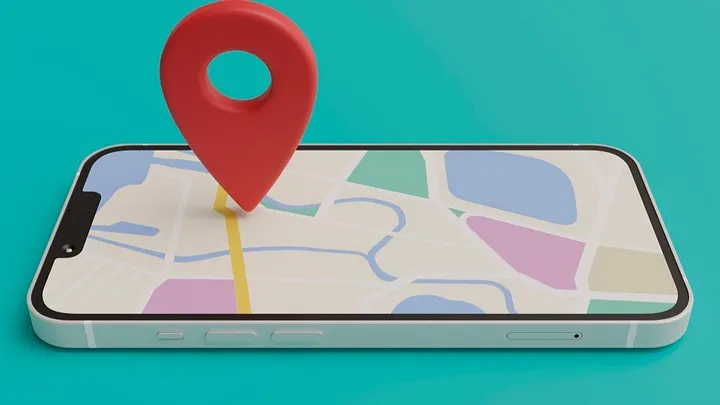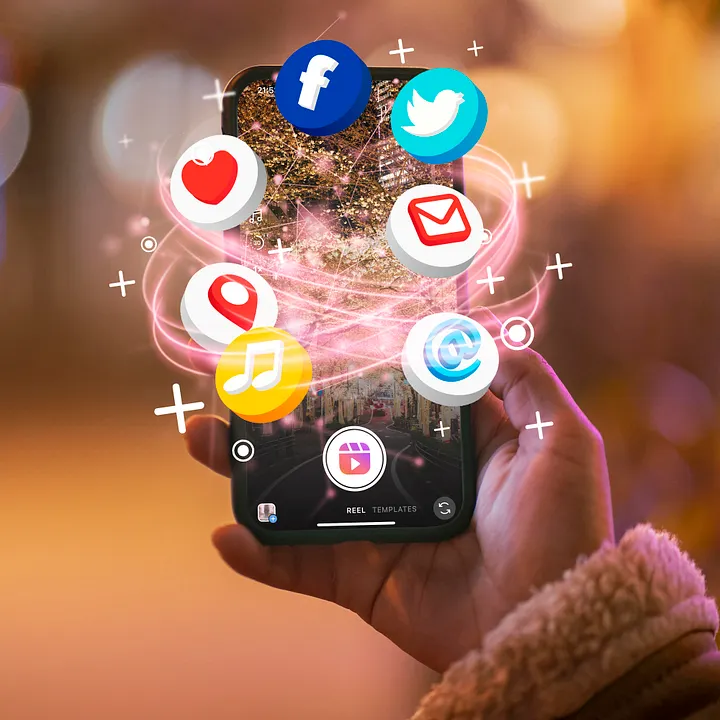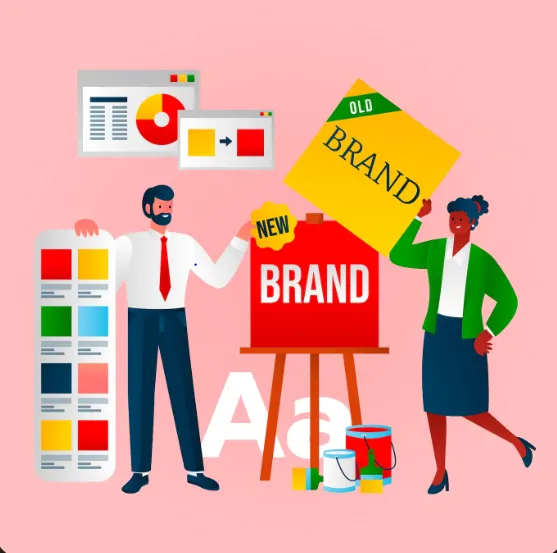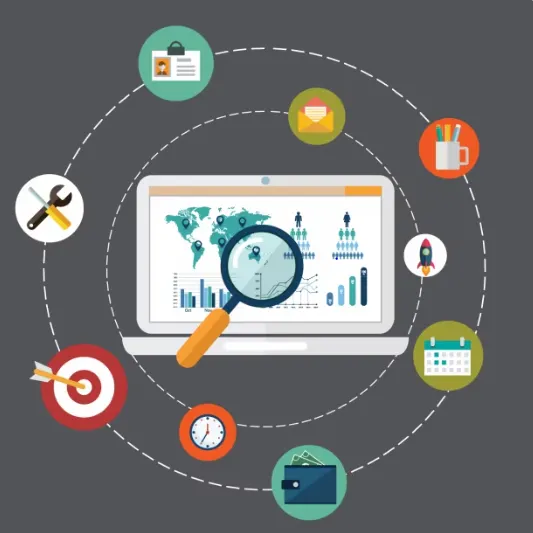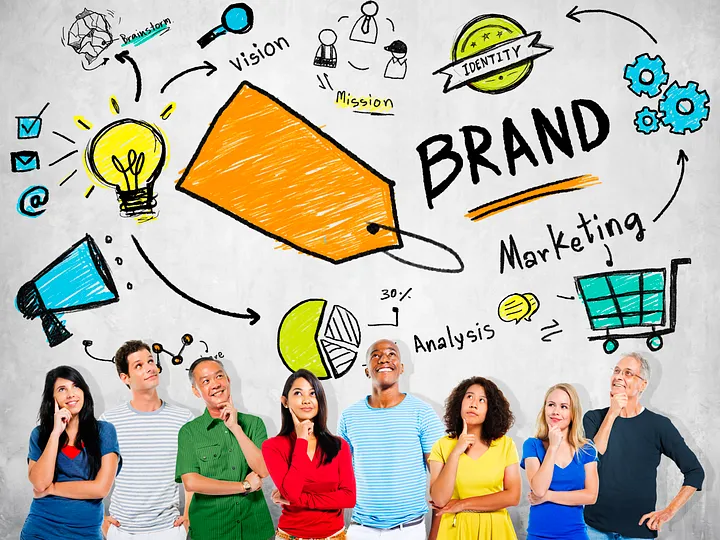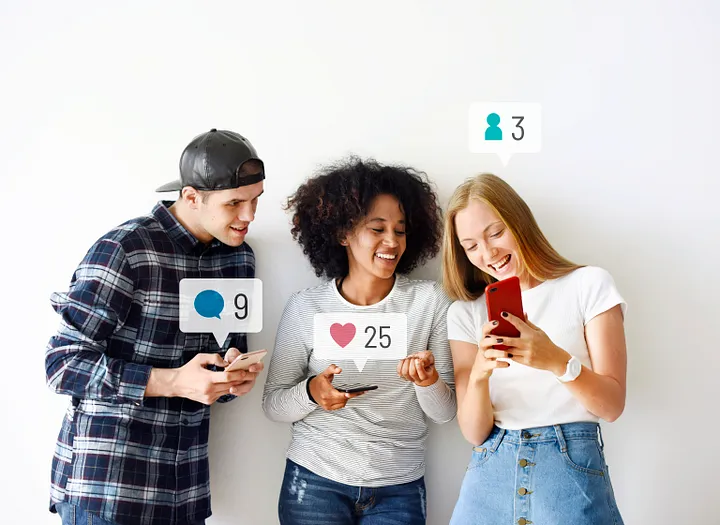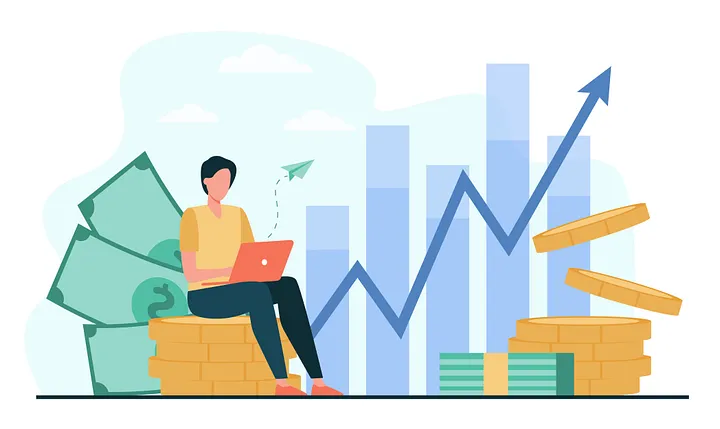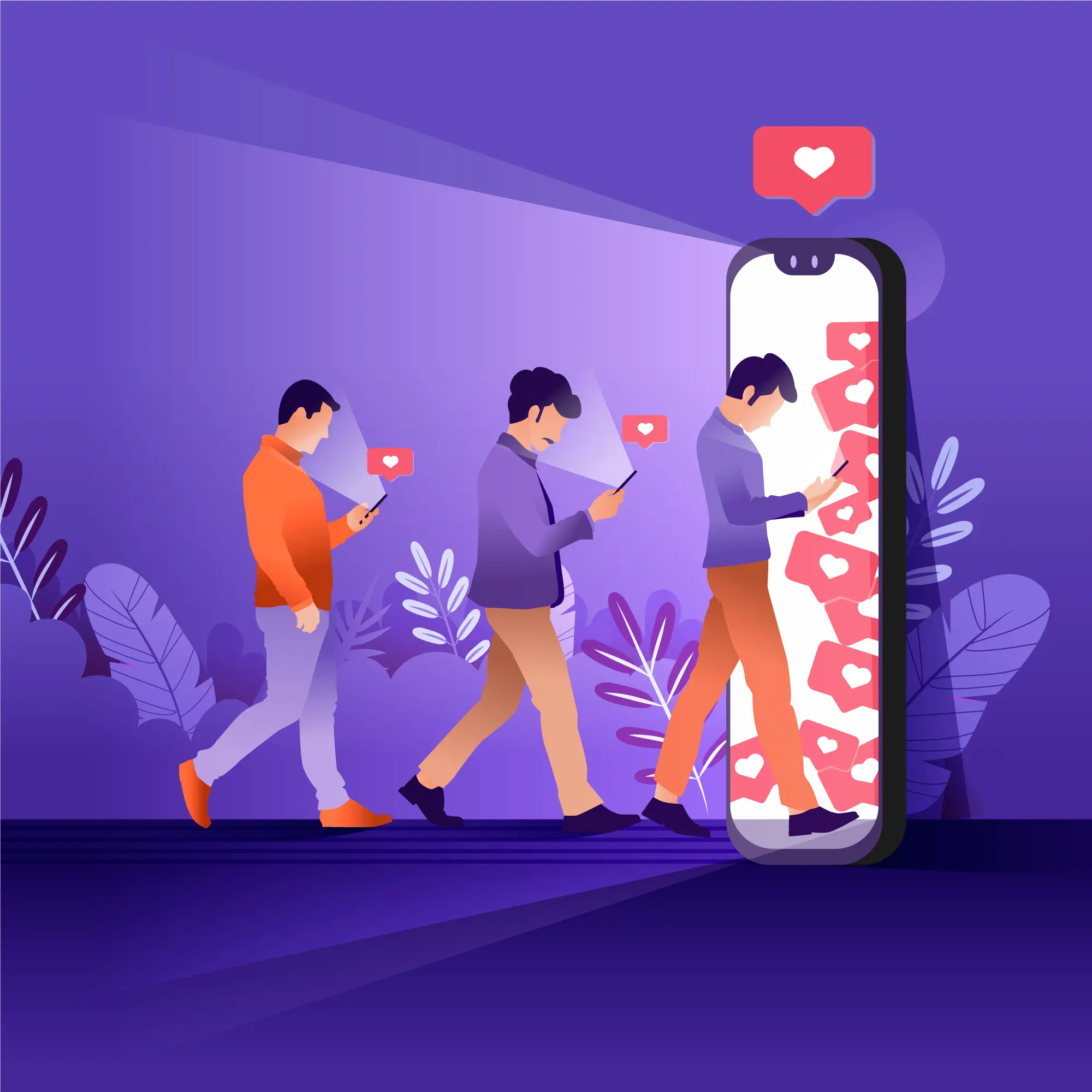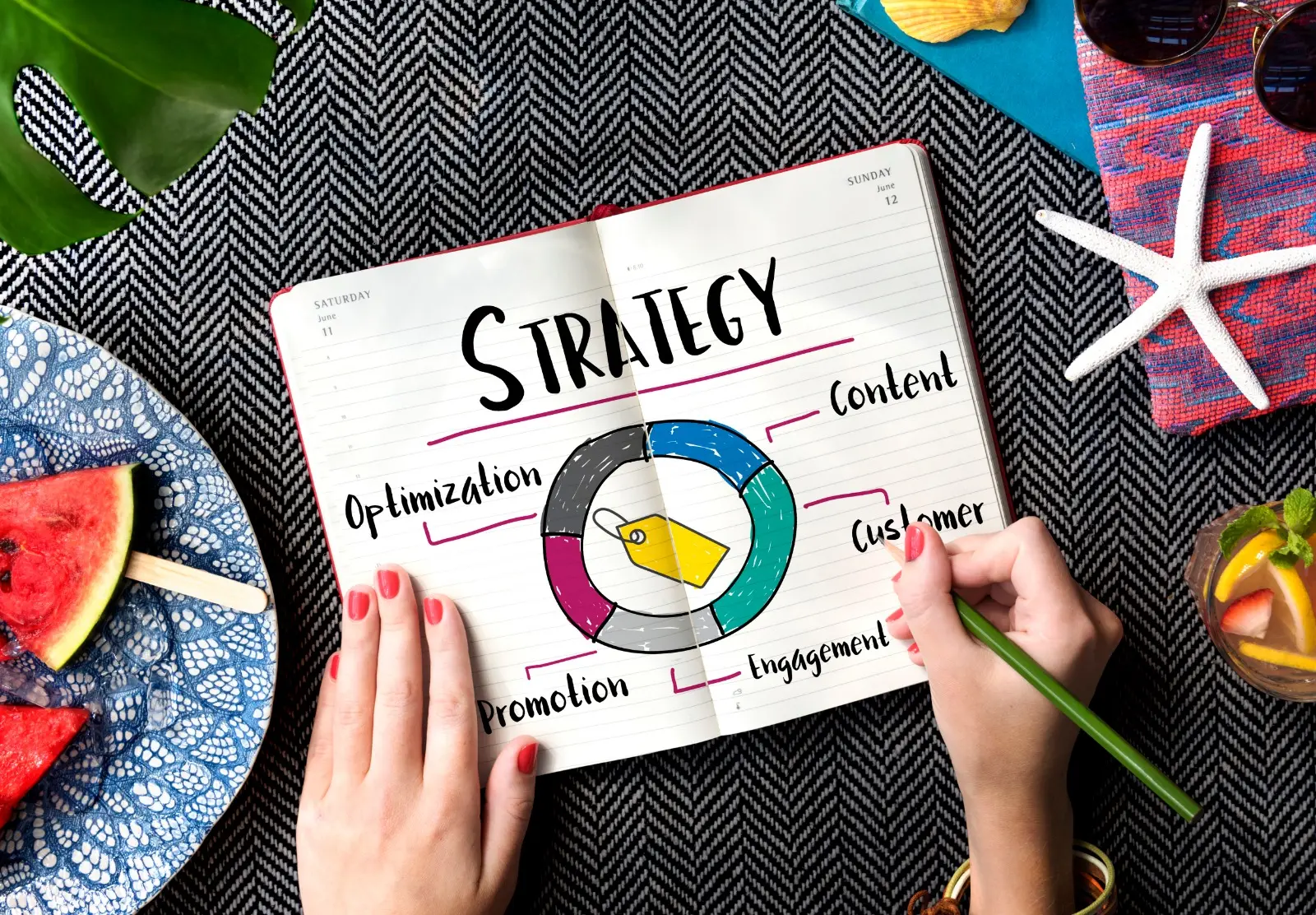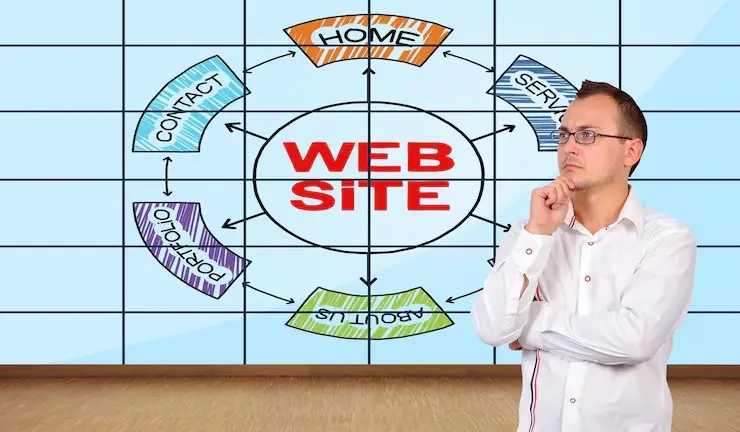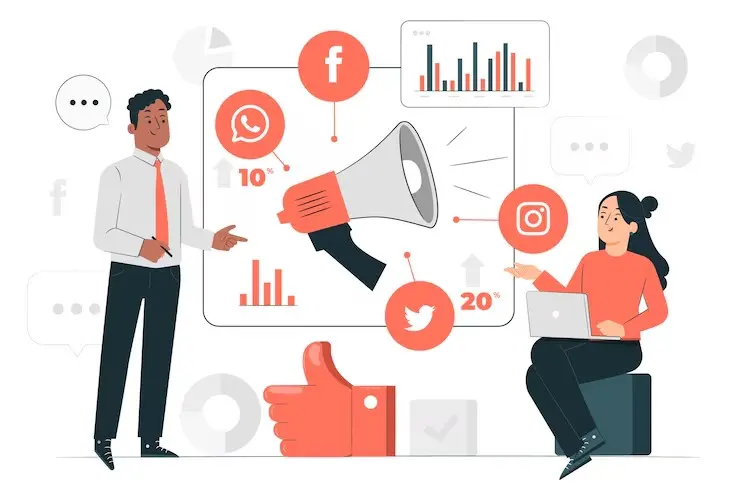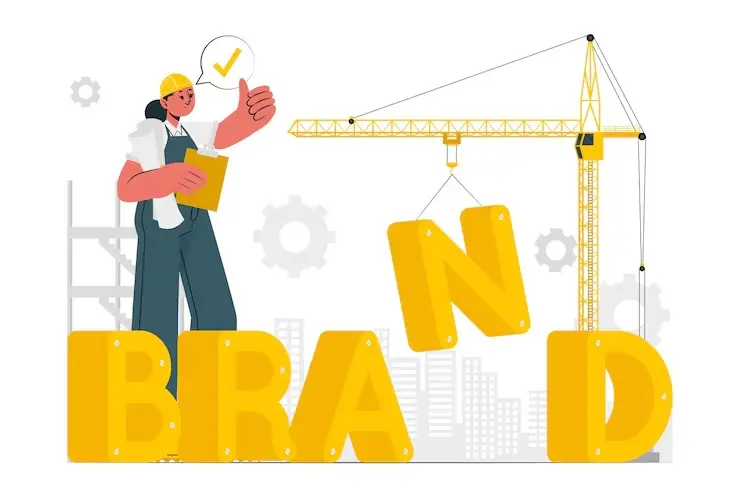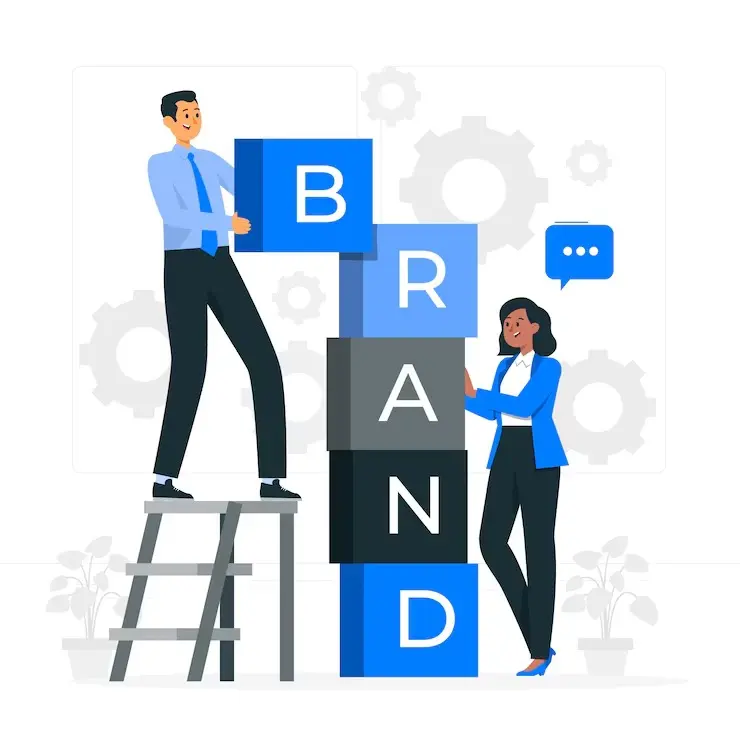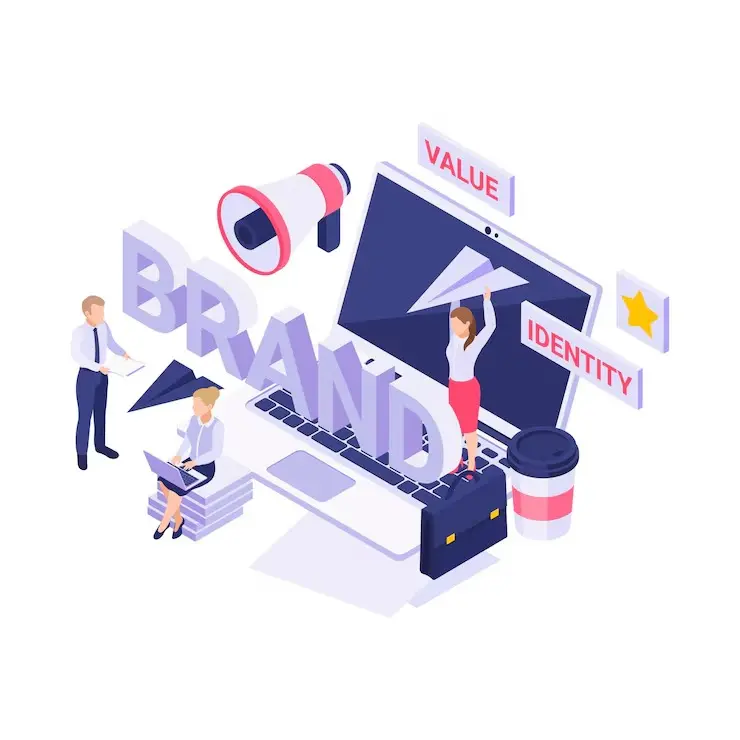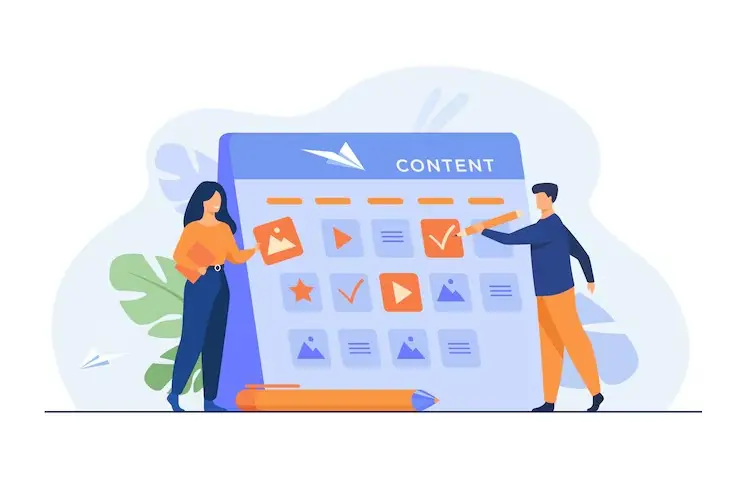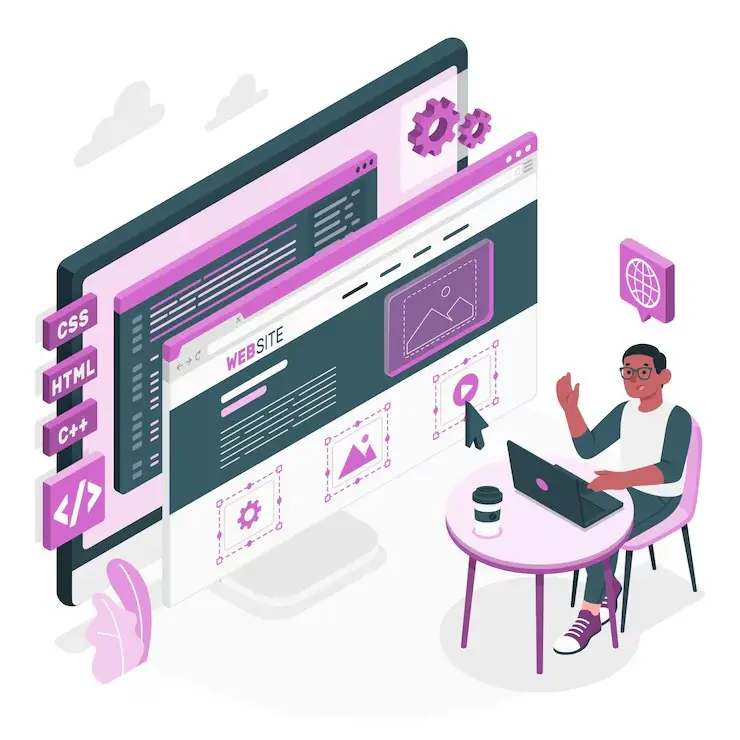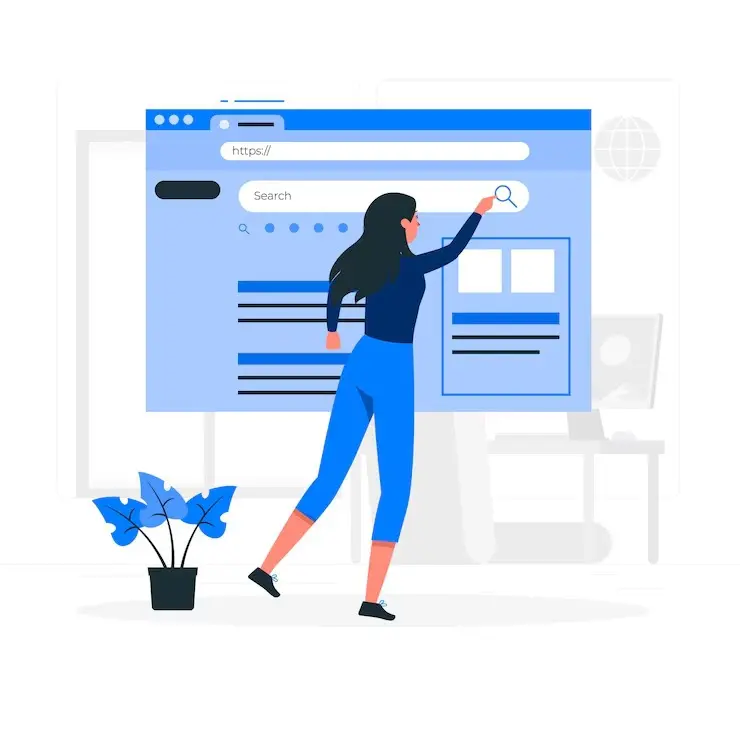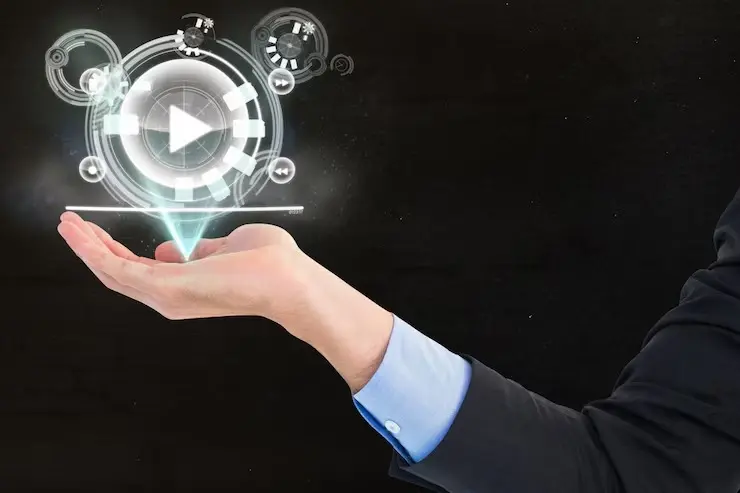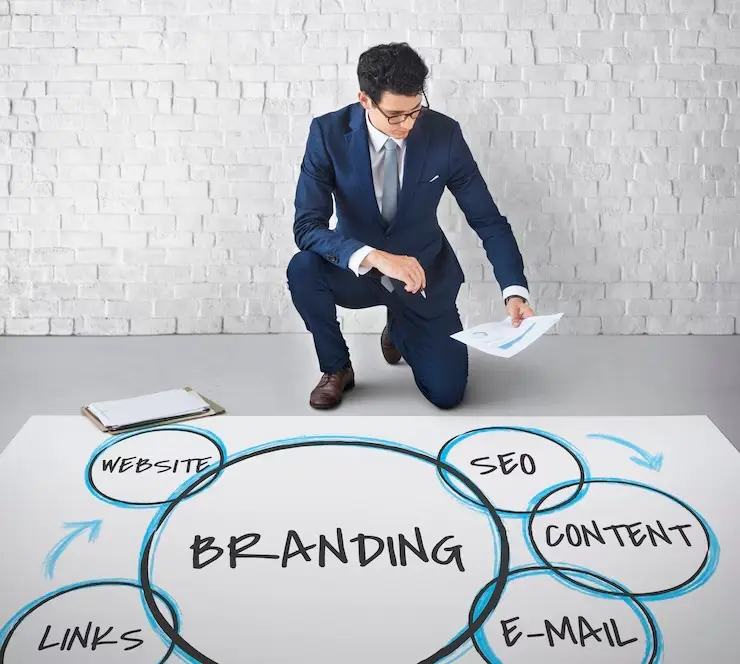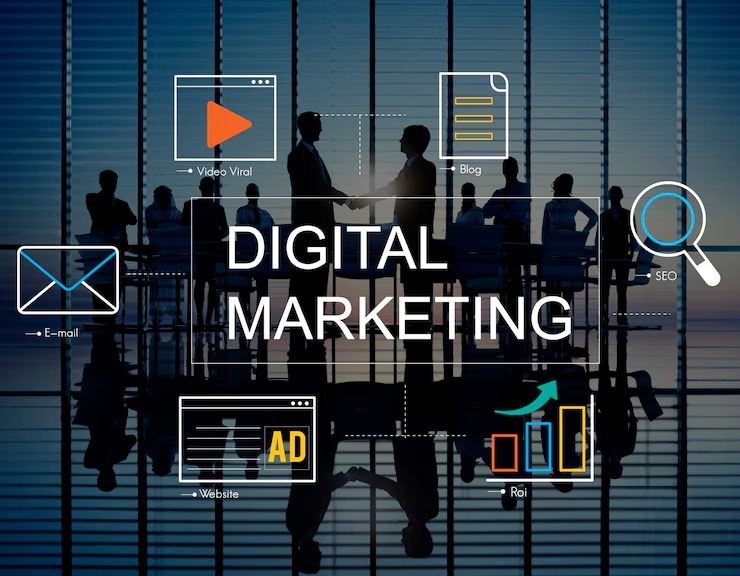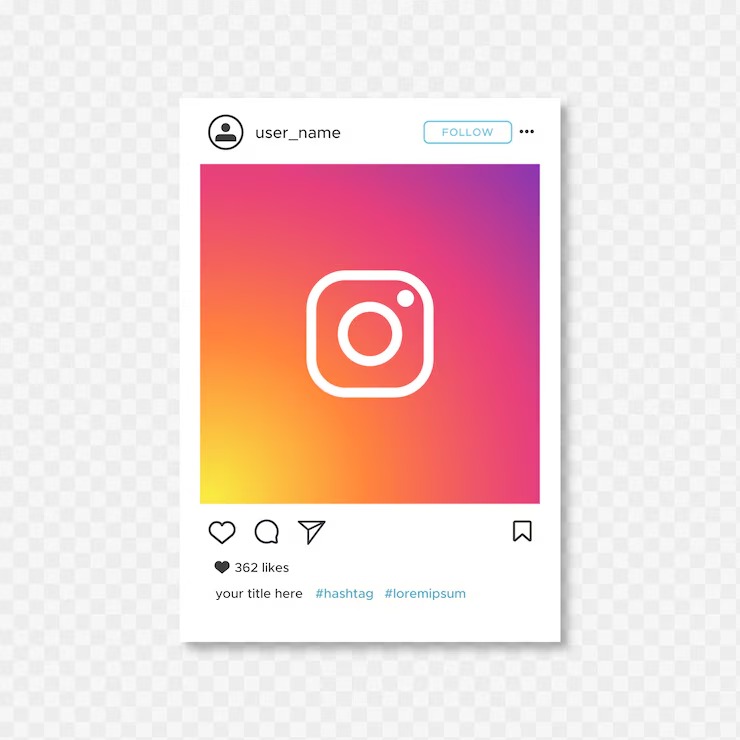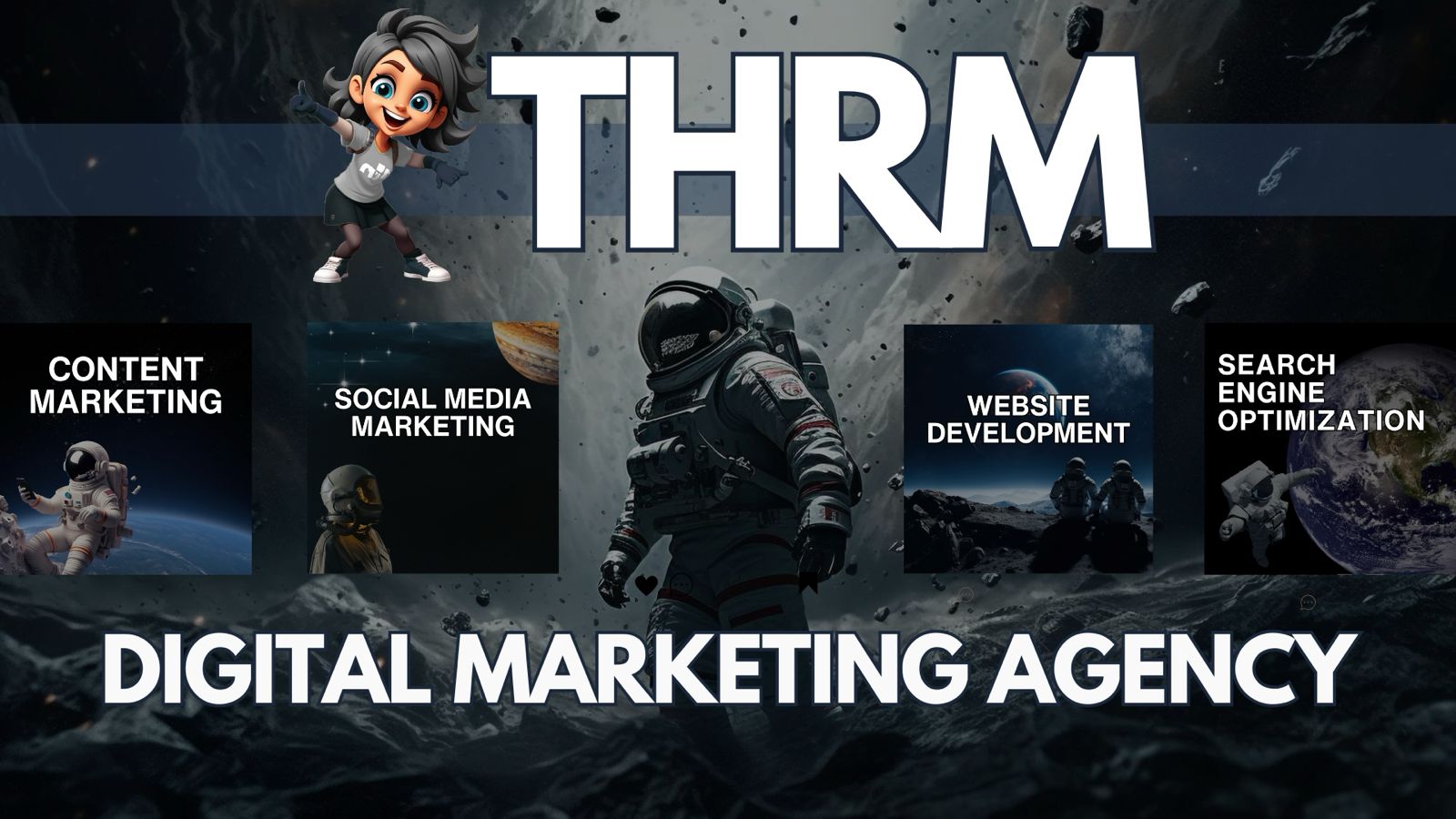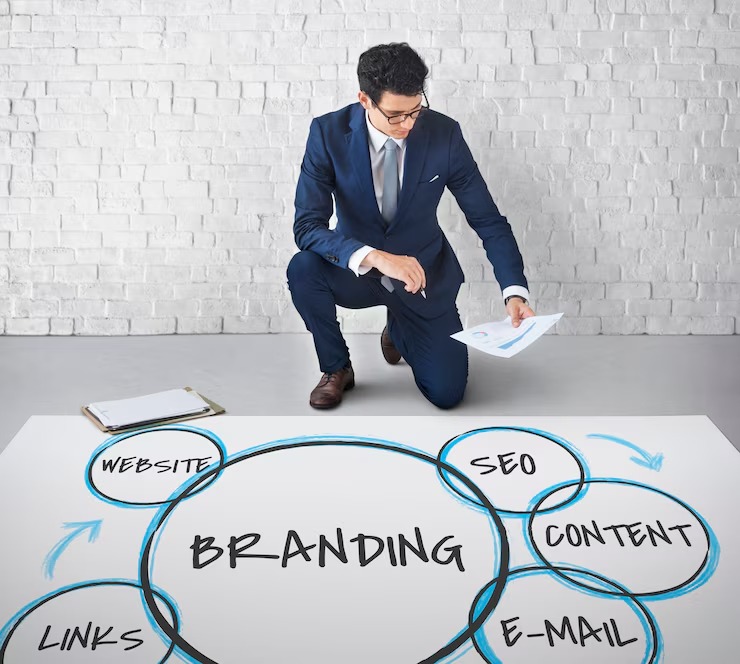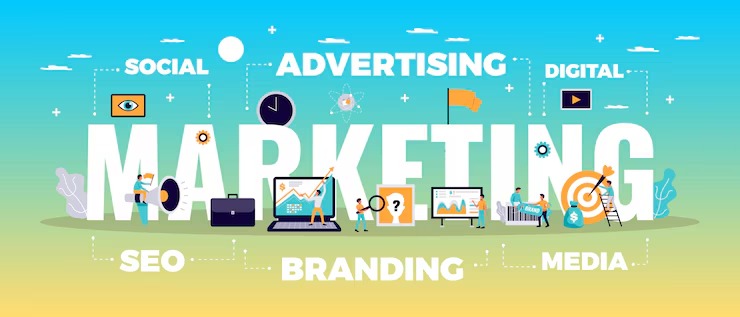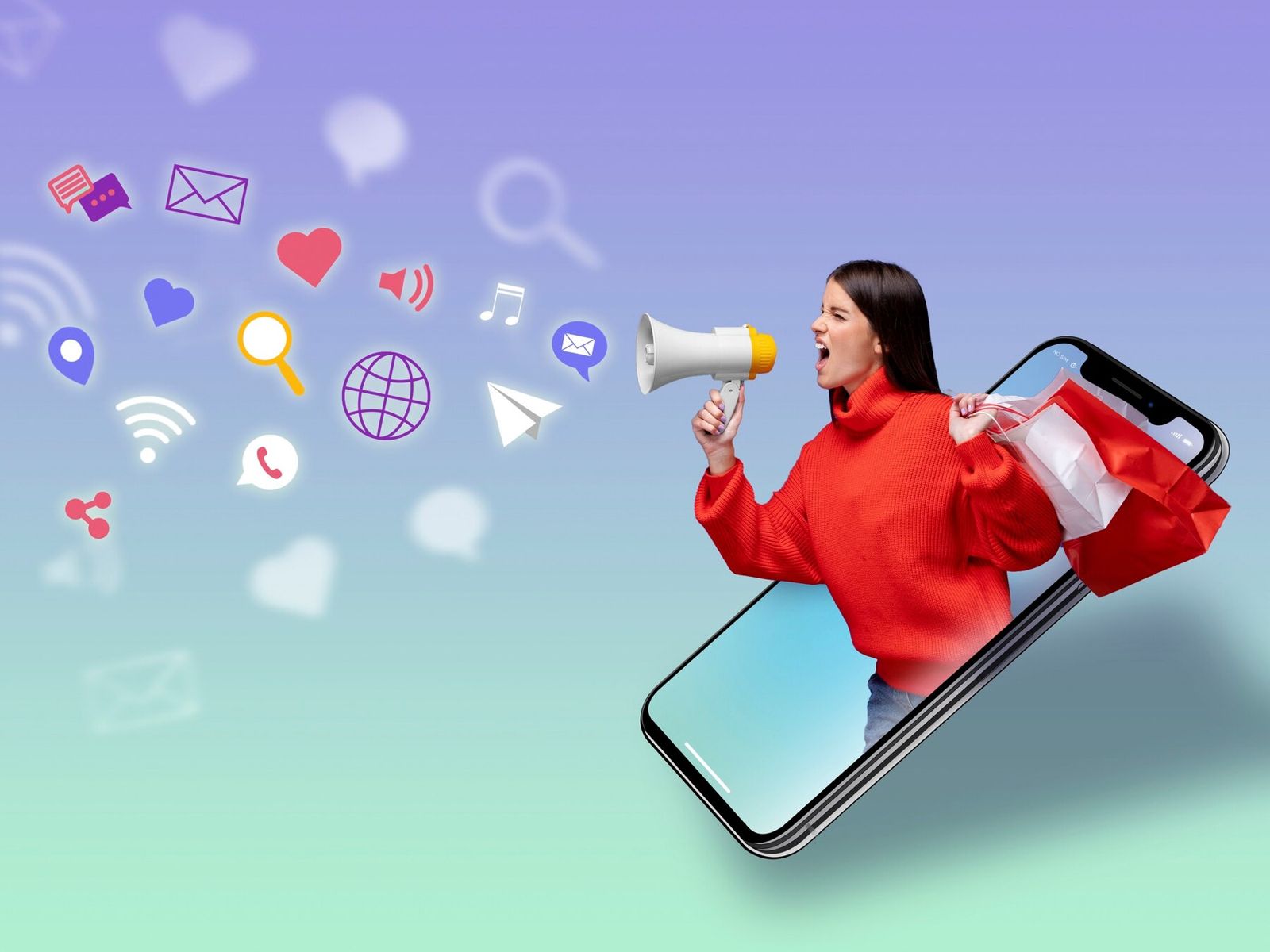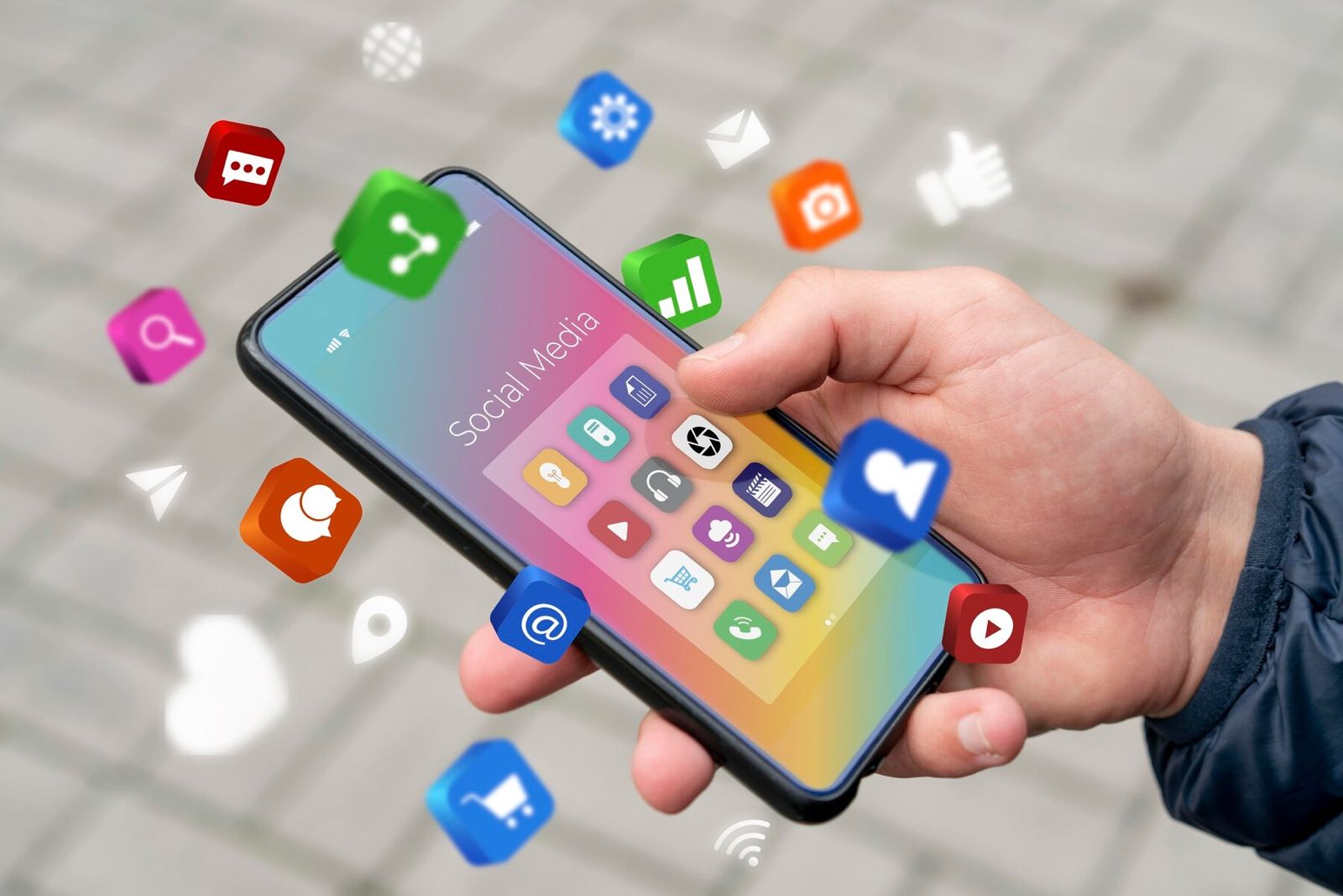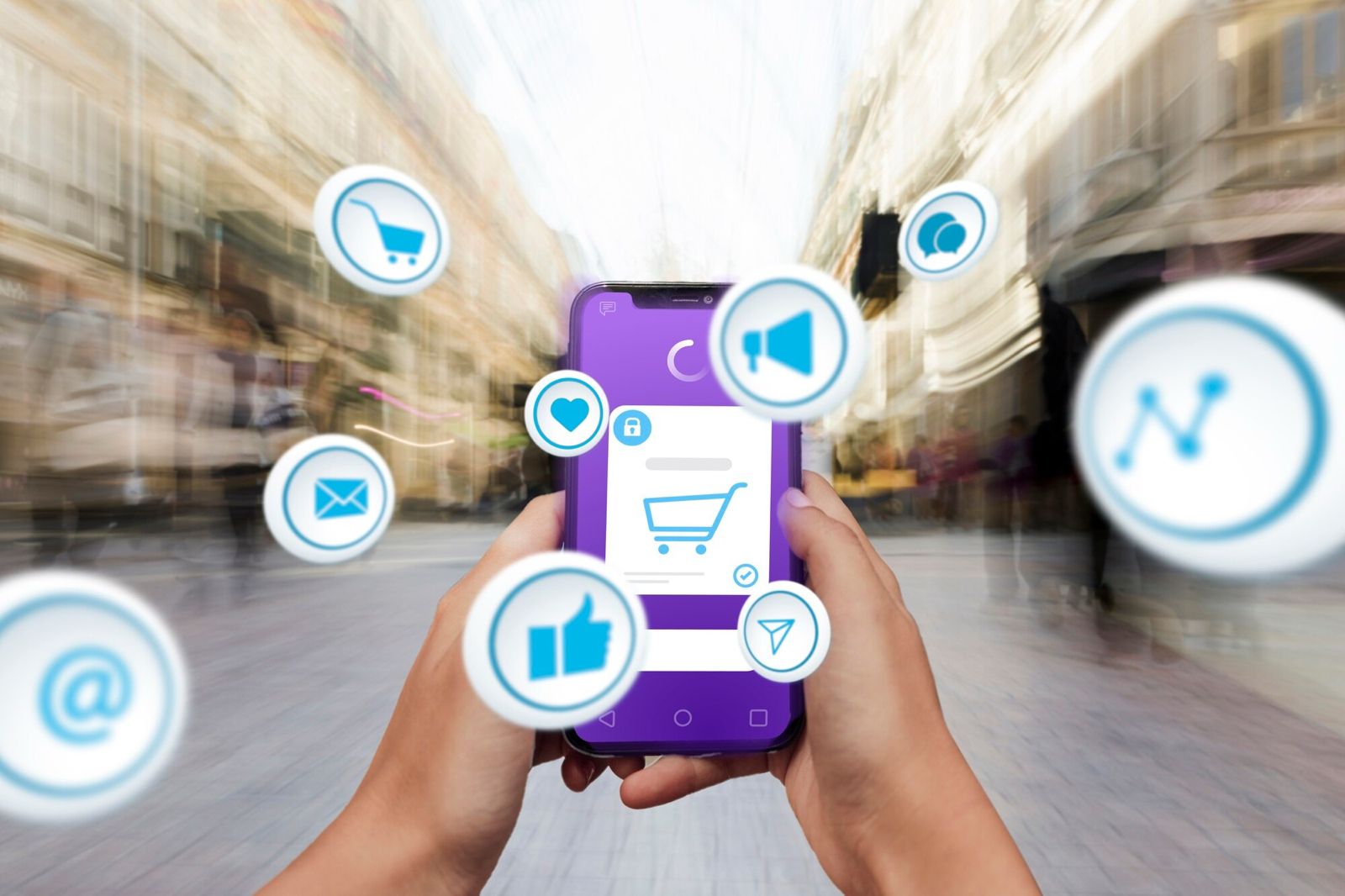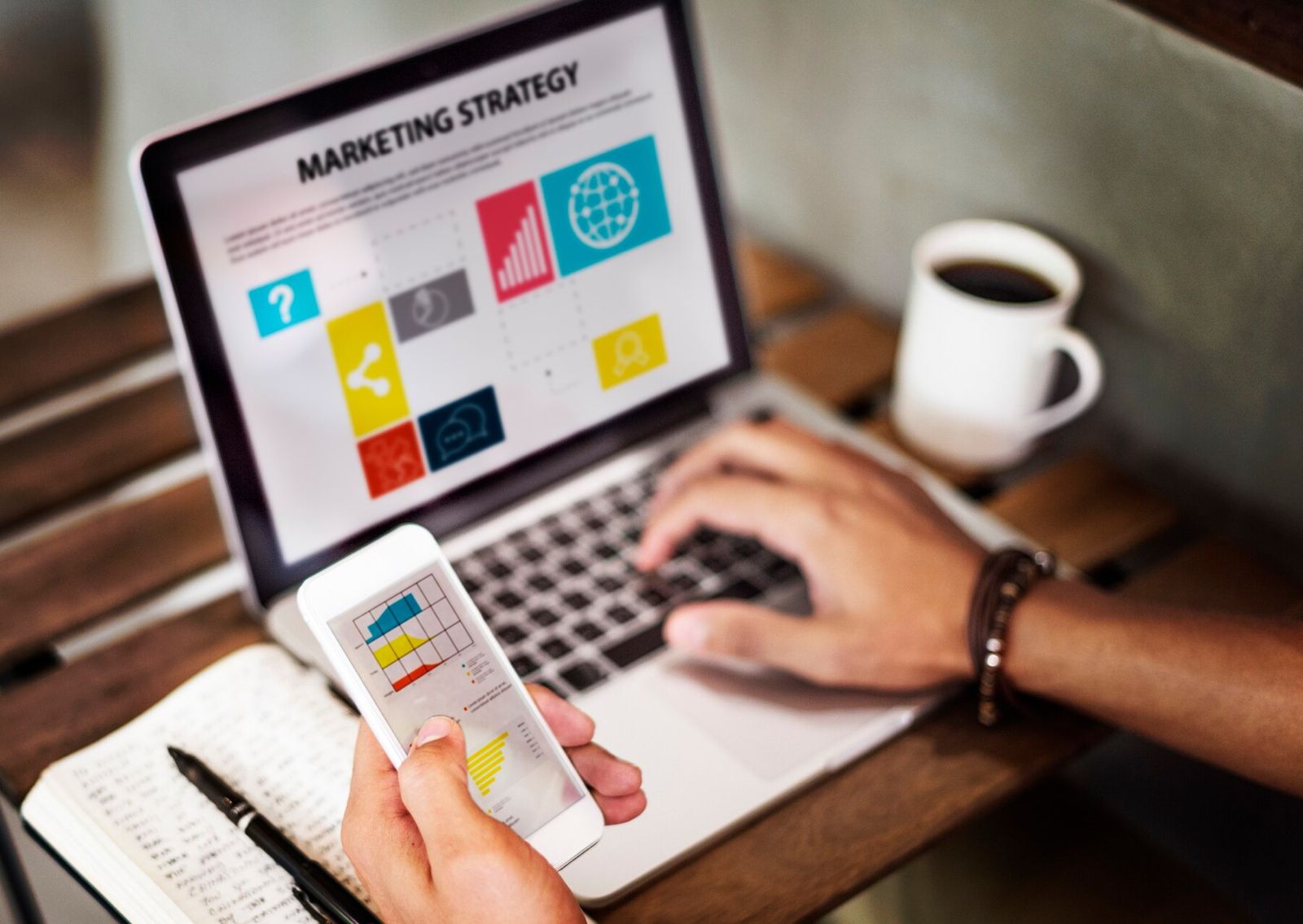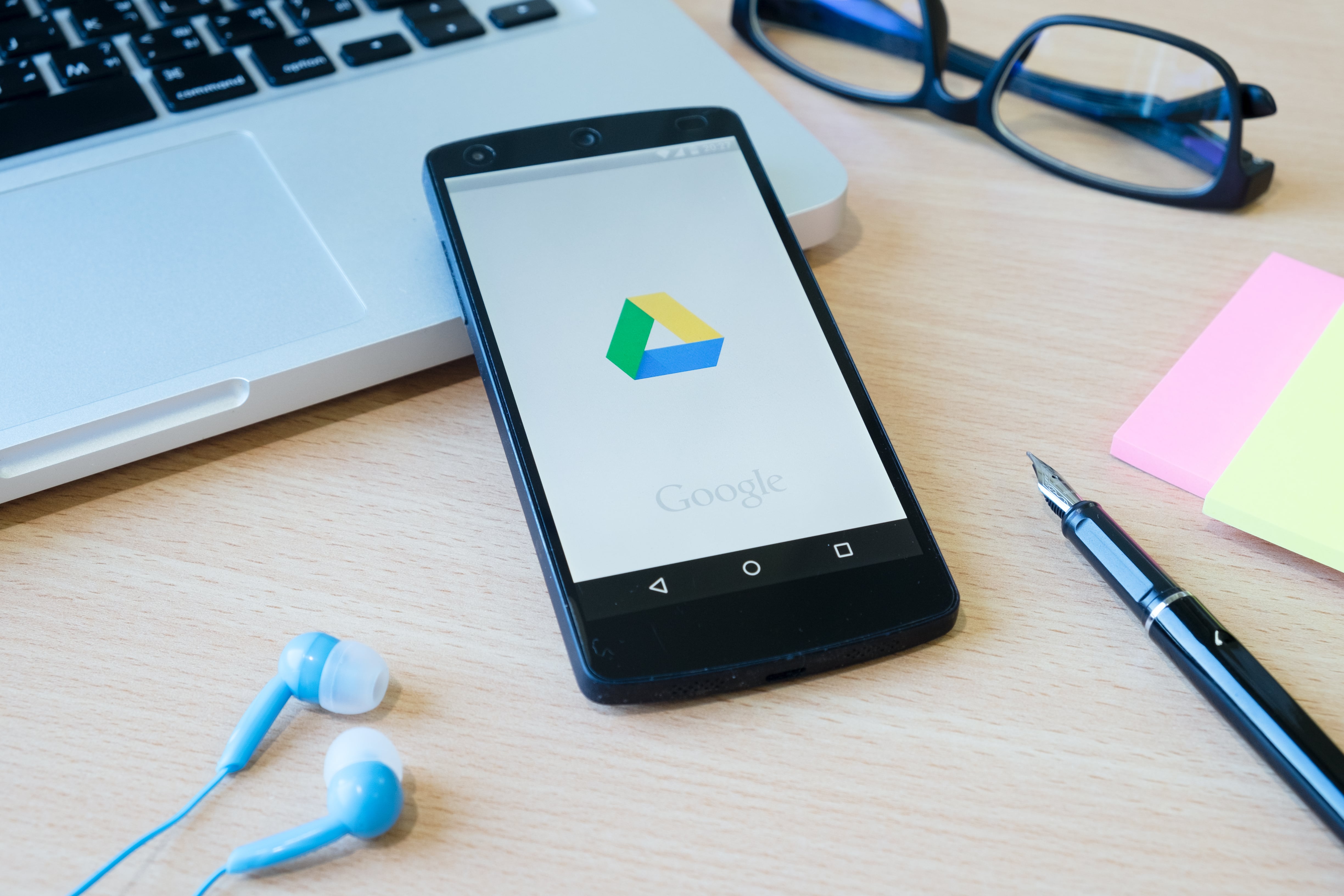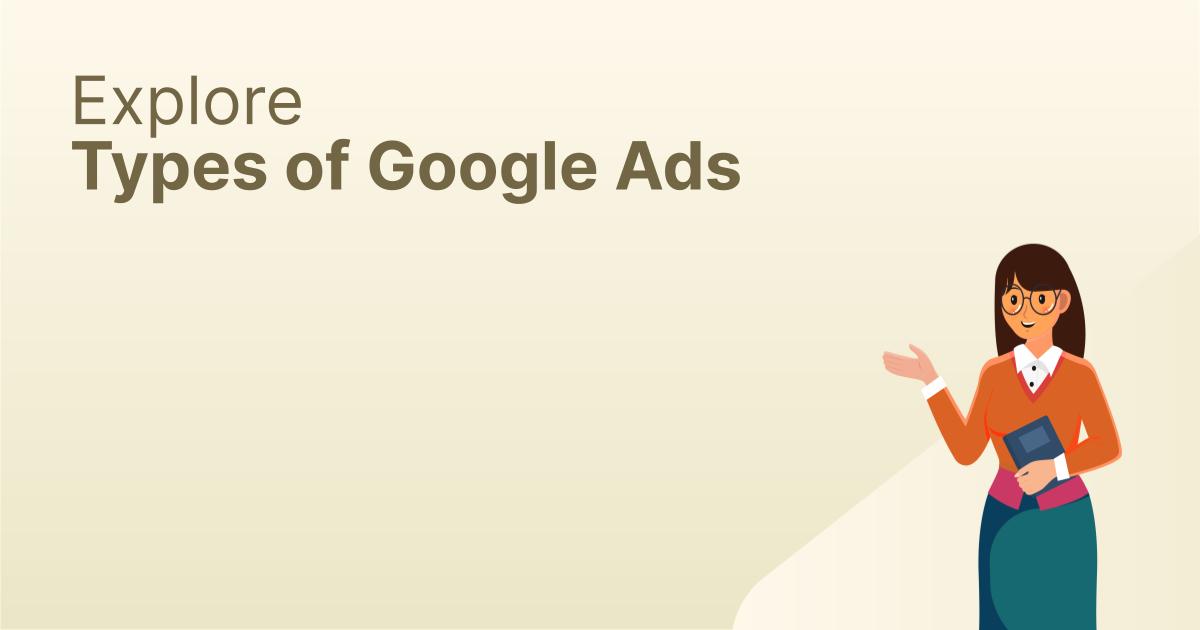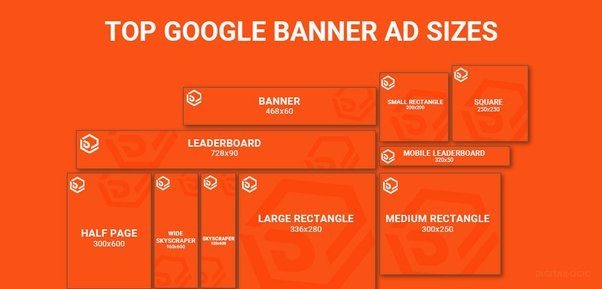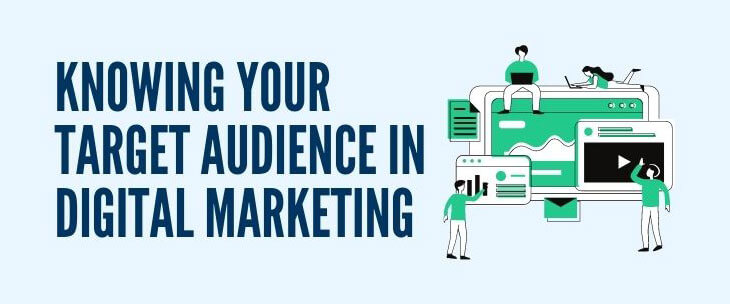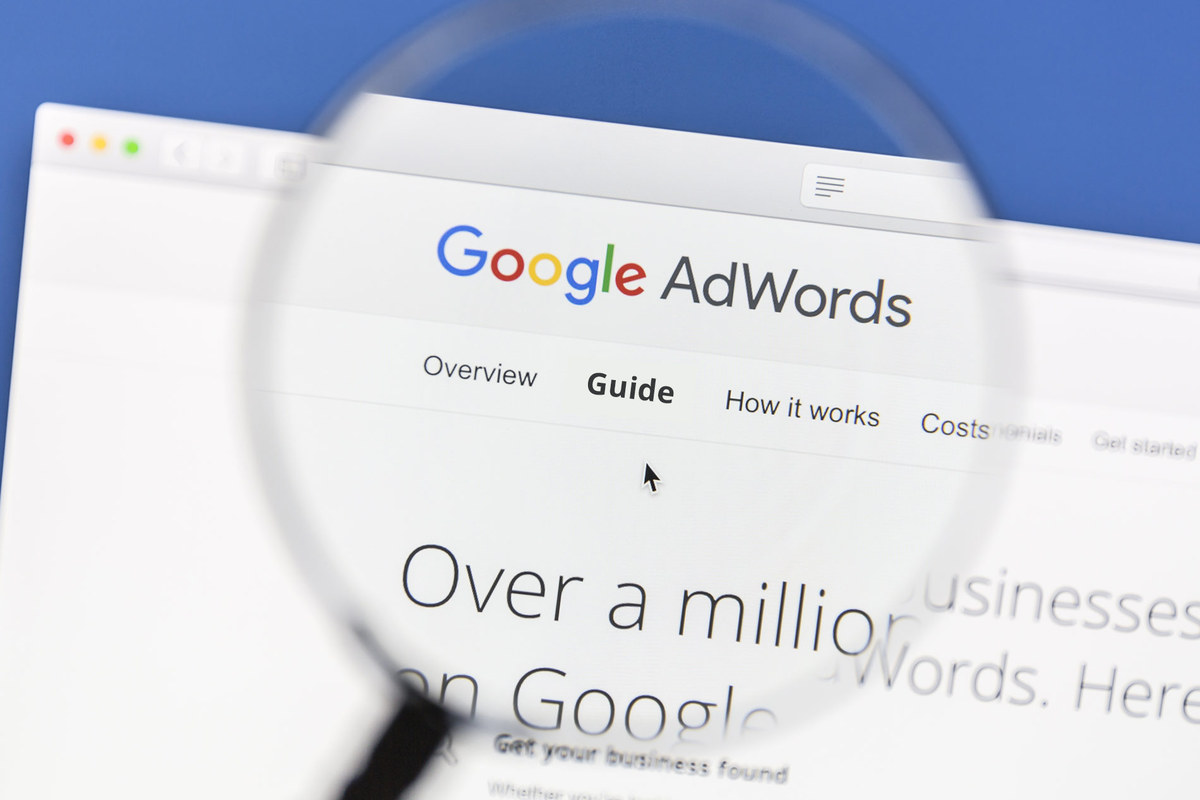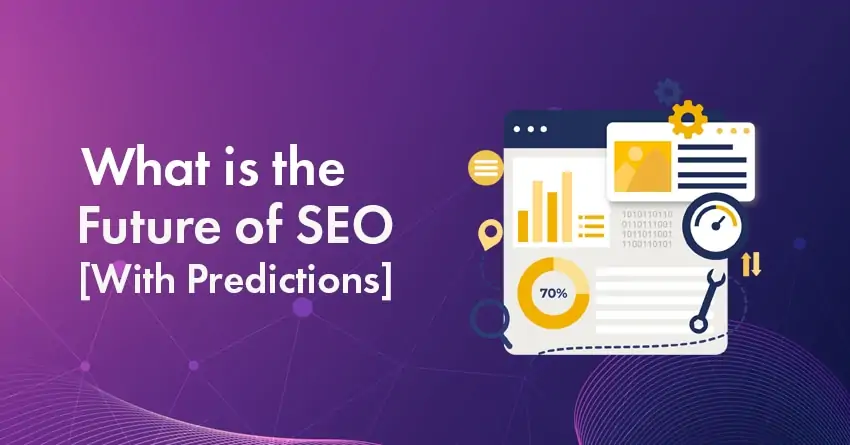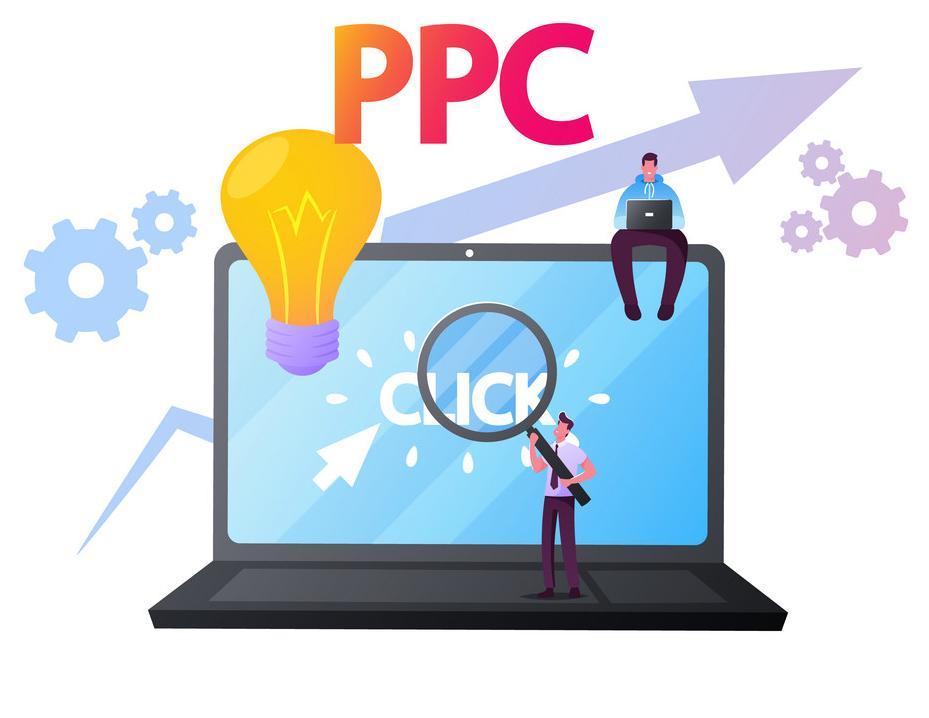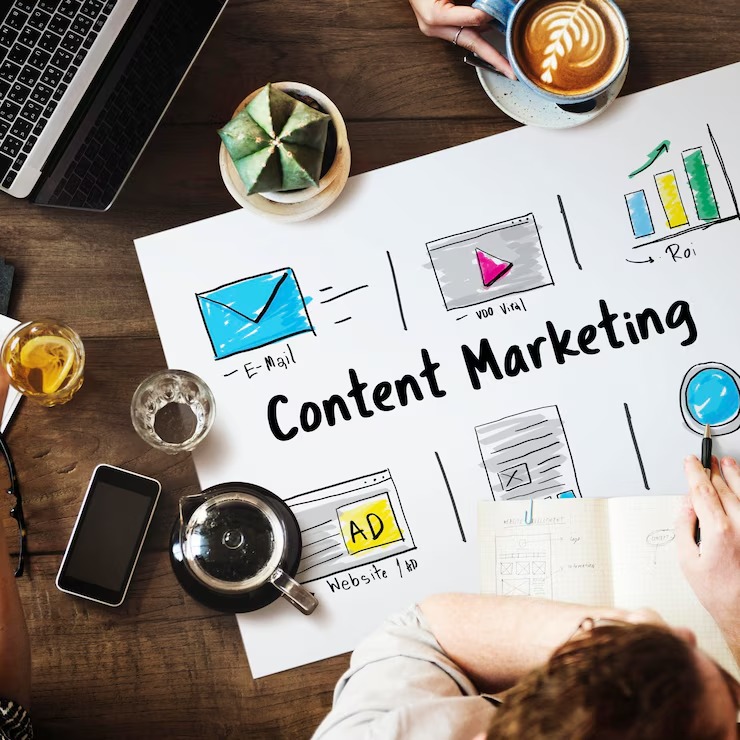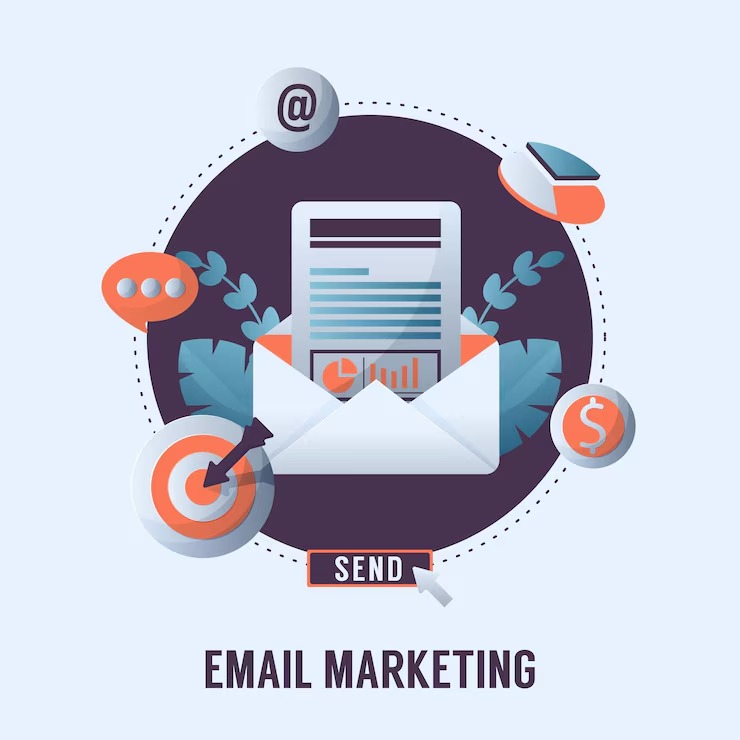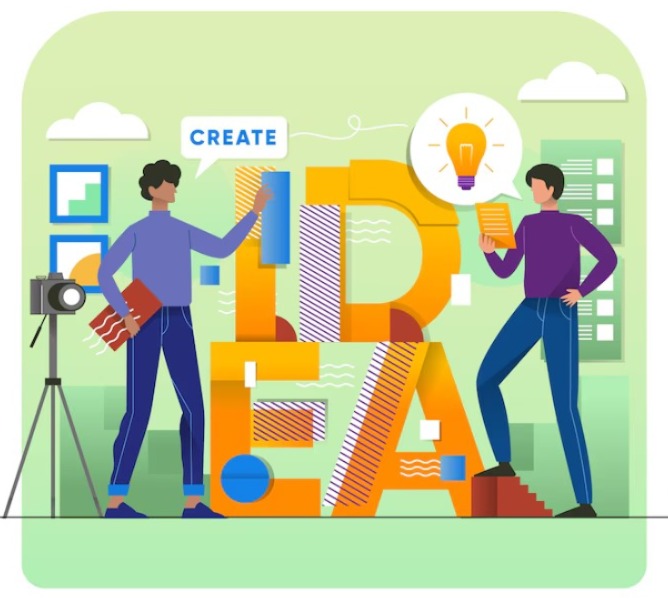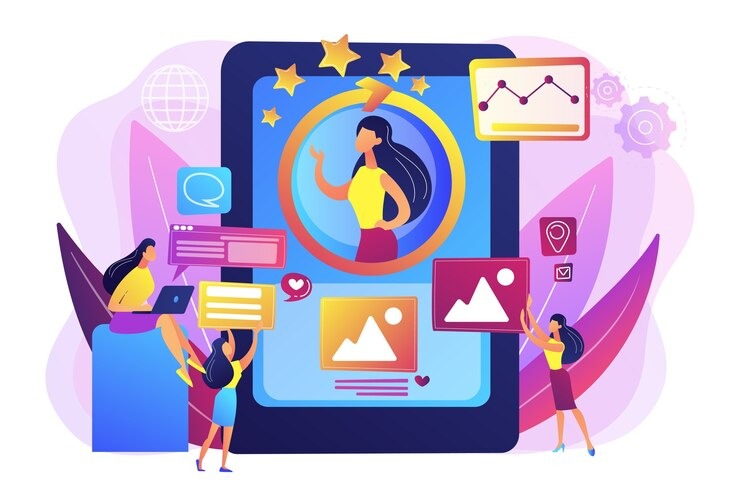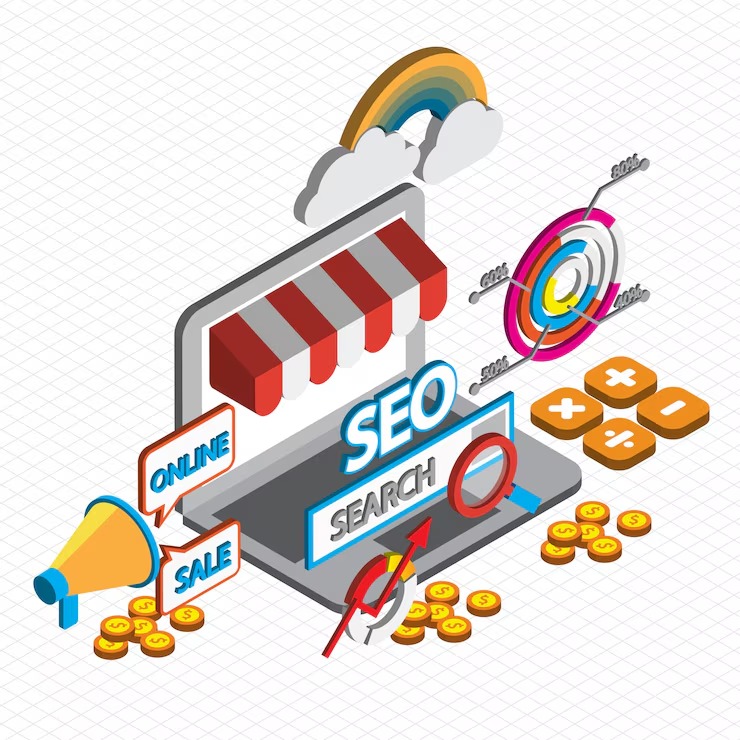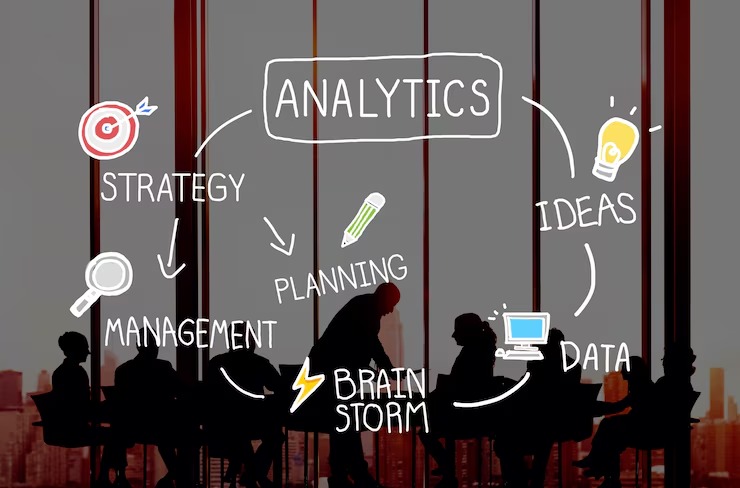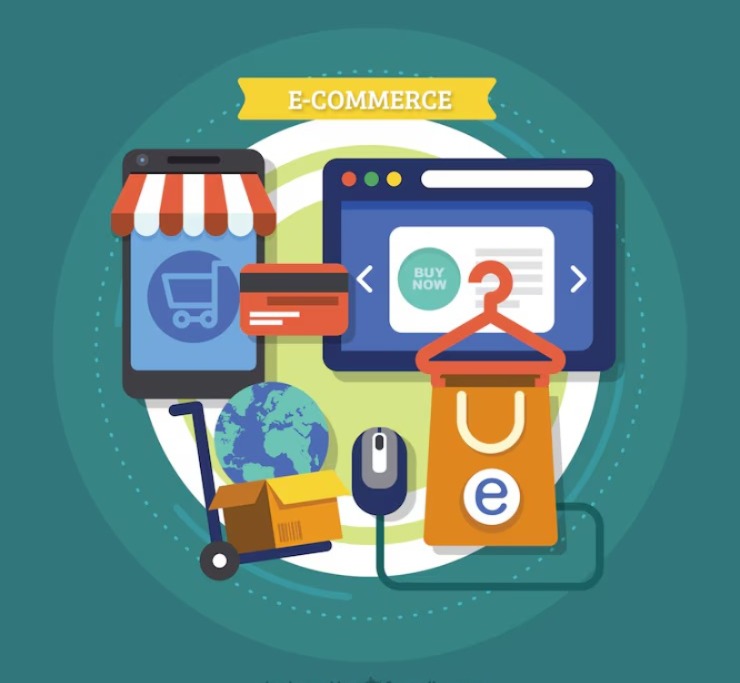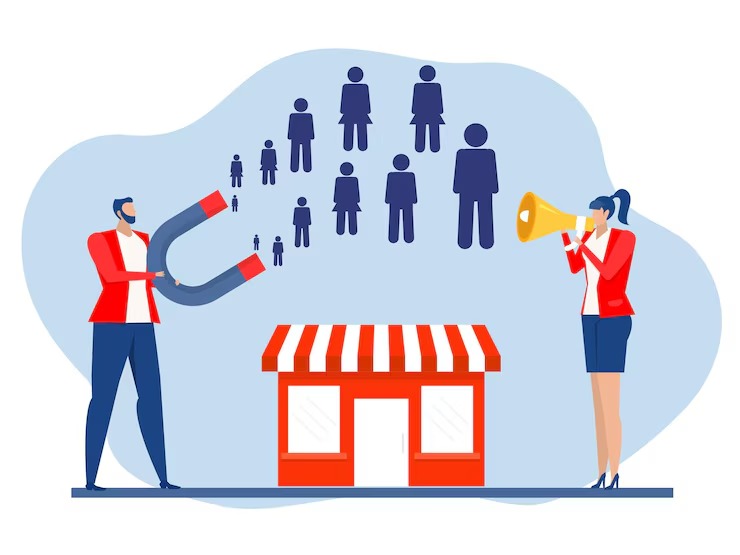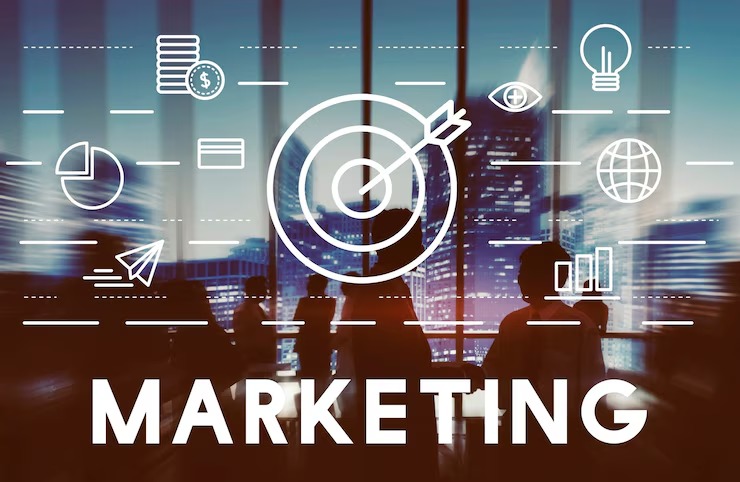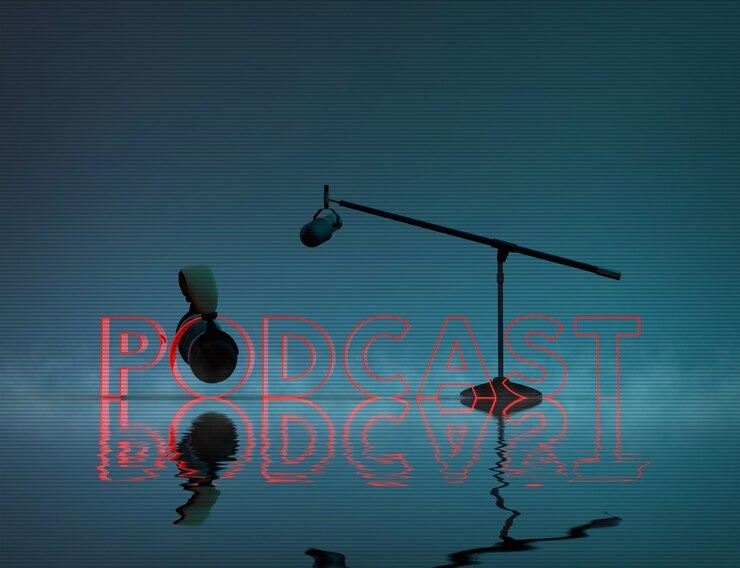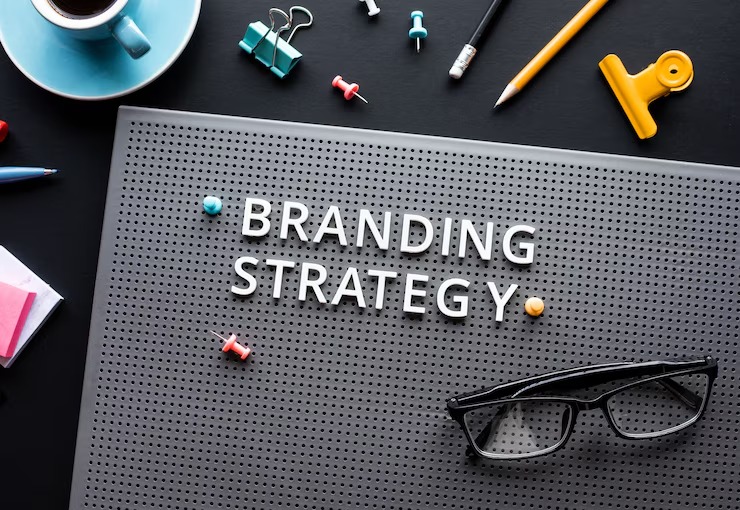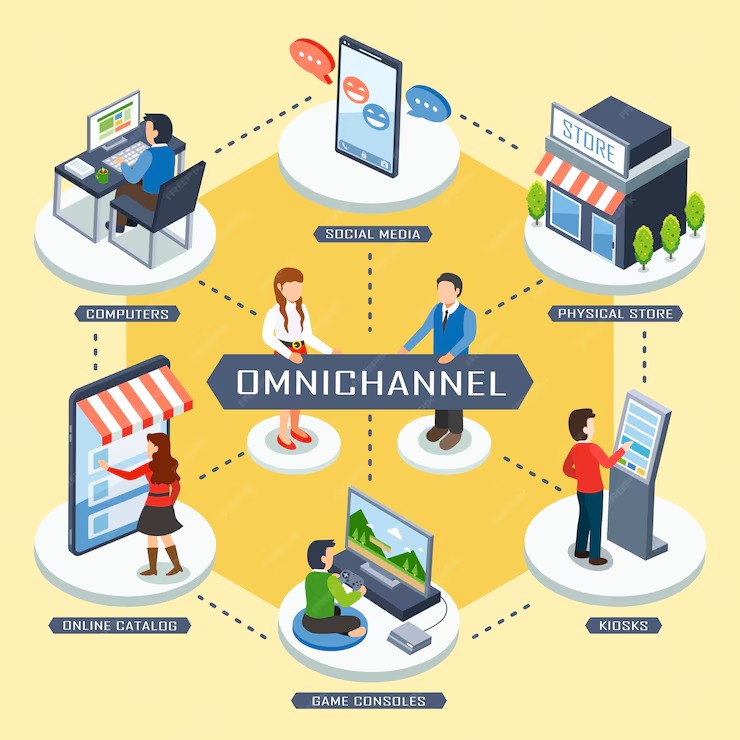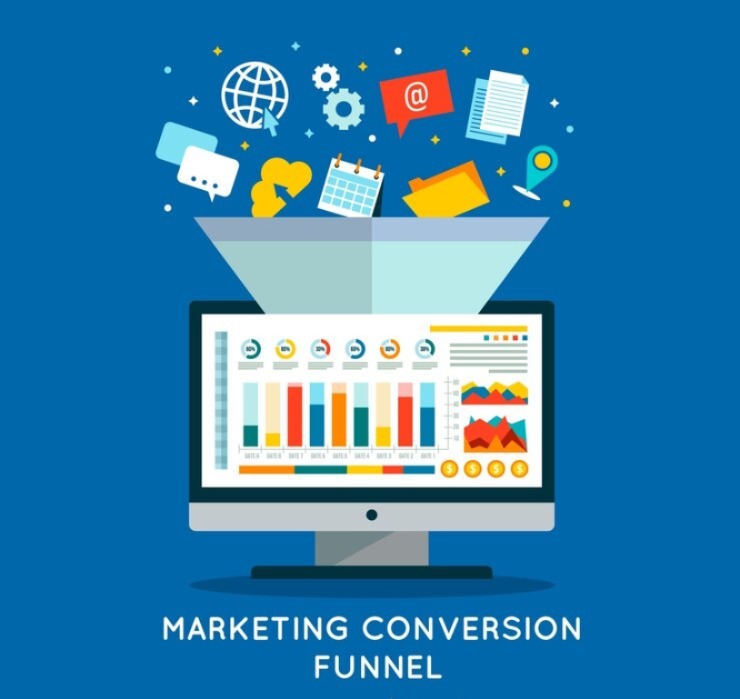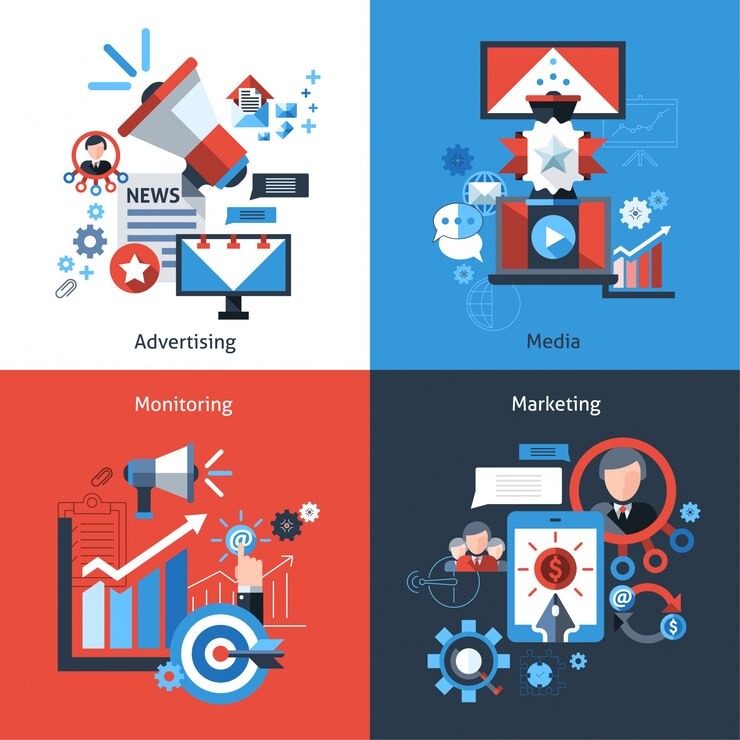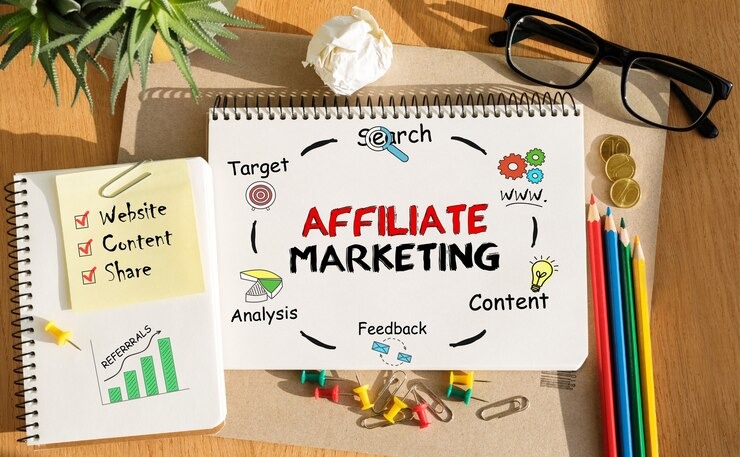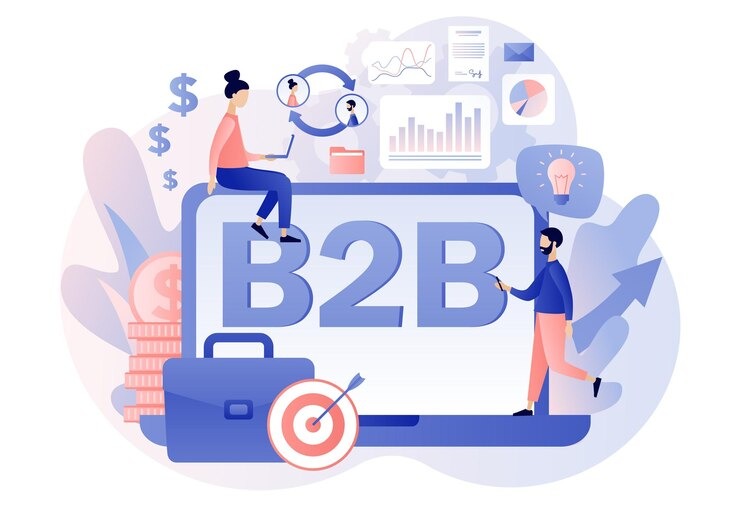
Growth Without Ads: Organic Strategies That Still Work in 2025
With ad costs skyrocketing and audiences growing weary of constant promotions, businesses in 2025 are realizing that true, sustainable growth can’t rely solely on paid campaigns. While ads have their place, organic strategies remain the backbone of long-term visibility, credibility, and trust. Organic growth doesn’t just reduce costs; it builds a brand that people genuinely want to follow, engage with, and buy from. The challenge lies in choosing the right methods that still work in today’s crowded digital landscape. Fortunately, several organic strategies continue to deliver powerful results when done with consistency and intent.
Building an SEO-Optimized Content Ecosystem:
Search engines remain one of the strongest sources of organic traffic, and SEO-driven content is still a non-negotiable growth strategy in 2025. Instead of focusing on outdated keyword stuffing, brands now thrive by creating valuable, in-depth content that answers real customer questions. Blogs, case studies, and long-form guides that are optimized for search not only boost visibility but also position your brand as an authority. Pair this with well-structured on-page SEO, optimized metadata, and strong internal linking, and you create a content ecosystem that drives traffic for months, even years, without additional spending. A single well-optimized article can outperform a paid campaign over time by continuously attracting and converting high-intent visitors.
Leveraging Social Media for Community-Building:
Organic social media reach may have declined compared to earlier years, but the power of building a loyal community remains stronger than ever. Instead of treating platforms like Instagram, LinkedIn, or TikTok as broadcasting tools, successful brands in 2025 use them as spaces for two-way conversations. Consistent posting, engaging storytelling, and active participation in trends help boost reach, but what truly drives growth is community-building. Replying to comments, starting discussions, and creating content that feels authentic rather than polished advertisements make your brand relatable. Audiences today crave connection, not perfection. A strong community not only drives organic visibility but also creates a network of advocates who amplify your message without you spending a single rupee on ads.
Email Marketing as a Relationship-Building Tool:
Despite being one of the oldest digital channels, email marketing continues to be one of the most effective organic growth strategies. The reason is simple: unlike social platforms, you own your email list. In 2025, the brands that win are the ones that treat email not as a sales tool but as a relationship-building channel. Regular newsletters with valuable insights, personalized recommendations, and genuine updates nurture your audience and keep your brand top-of-mind. Unlike paid ads that disappear once the budget ends, a well-segmented and engaged email list can generate consistent conversions over time. The more value you provide without always pushing for a sale, the stronger your long-term revenue potential becomes.
User-Generated Content and Word-of-Mouth Power:
One of the most underrated organic strategies is harnessing the voice of your customers. People trust people more than they trust ads, and user-generated content in the form of reviews, testimonials, social media shoutouts, and case studies provides powerful social proof. Encouraging happy customers to share their stories, reposting their content, and showcasing their feedback makes your brand appear authentic and trustworthy. In 2025, consumers are more skeptical of polished ad campaigns but are heavily influenced by real experiences shared by peers. Word-of-mouth remains one of the oldest yet most powerful organic growth tools, and when amplified digitally, its reach multiplies.
Collaborations and Partnerships for Organic Reach:
Collaboration is a growth hack that continues to deliver results without paid advertising. Partnering with other businesses, creators, or influencers who share your target audience expands your visibility organically. This doesn’t always require big-budget influencer deals even cross-promotions with complementary brands or micro-influencers can have a big impact. For example, a fitness brand collaborating with a local nutritionist can instantly tap into a relevant audience without spending on ads. Partnerships are essentially about borrowed trust; when another trusted voice endorses you, their audience pays attention. In a time when audiences are quick to ignore ads, collaboration remains one of the most effective ways to grow reach and credibility organically.
Consistency and Patience as the Real Differentiators:
While ads can generate quick results, organic growth is a long game that demands consistency. Whether it’s publishing blogs, posting on social media, or sending newsletters, the compounding effect of consistent effort is what drives real, lasting results. Many businesses give up too soon, expecting overnight success, but in 2025, those who stay the course are the ones who win. Organic growth requires patience, but it also ensures sustainability, a strong SEO foundation, engaged community, and loyal customer base cannot be taken away by algorithm changes or budget cuts. Consistency becomes the secret weapon that differentiates brands that survive from those that thrive.
Final Thoughts: Growth Without Ads is Still Possible:
The digital space in 2025 is competitive, and paid advertising will always be a useful tool, but relying solely on it is a risky game. Organic strategies are what make businesses resilient, trusted, and future-ready. By focusing on SEO-driven content, building strong communities, nurturing relationships through email, leveraging user trust, and forming collaborations, you create a growth engine that doesn’t stop when your ad budget does. At the heart of organic growth lies a simple truth: people buy from brands they trust, not just brands they see. And trust is built organically, one consistent interaction at a time.






